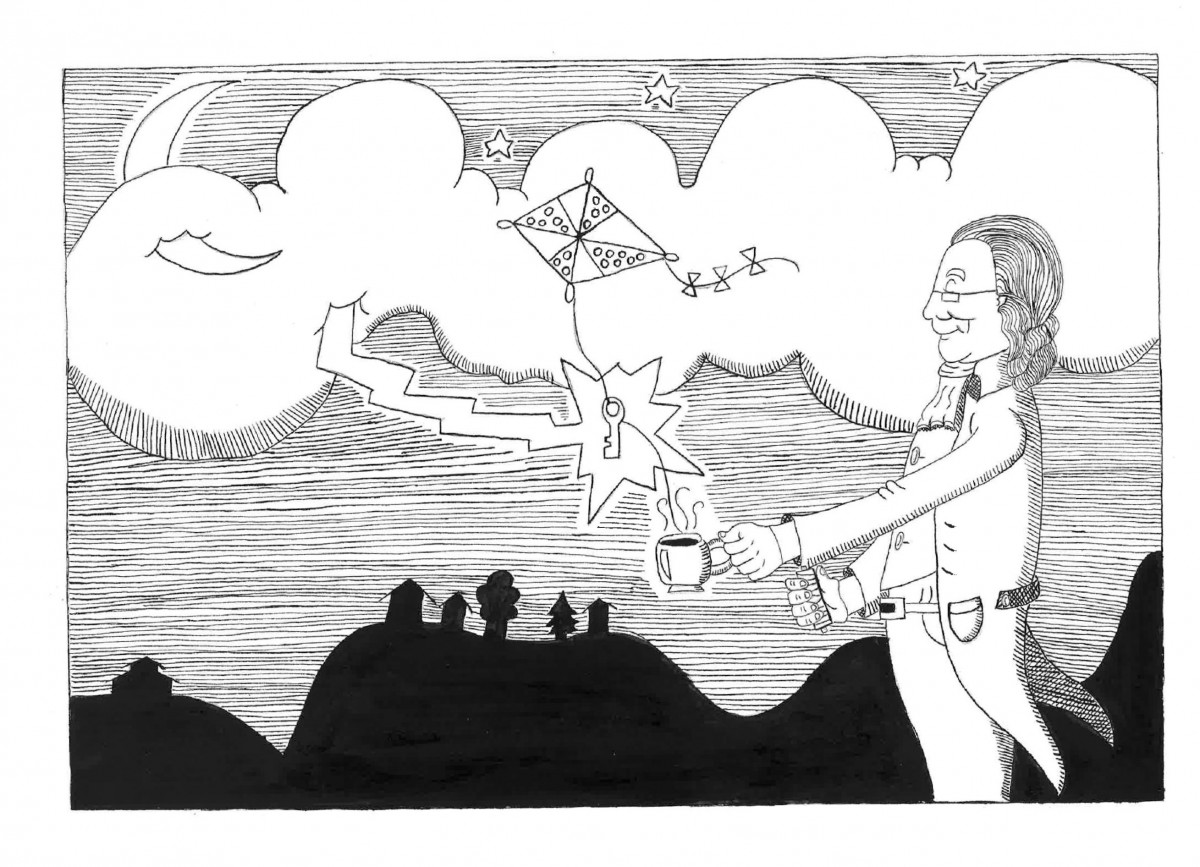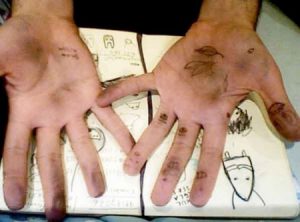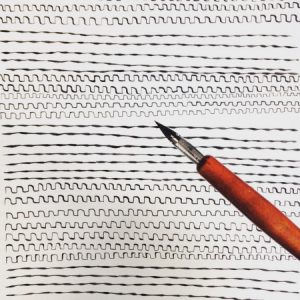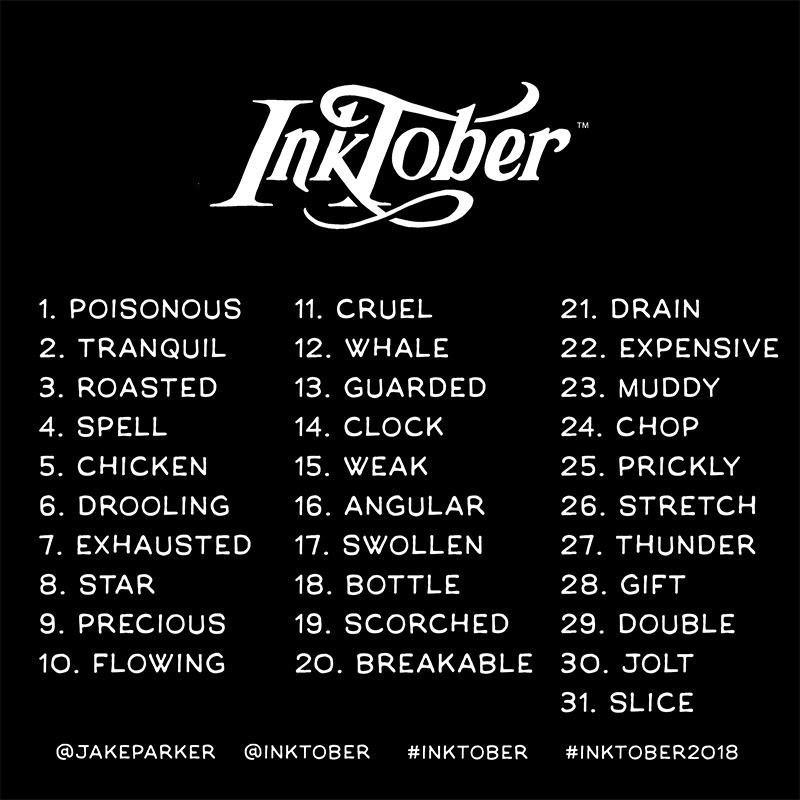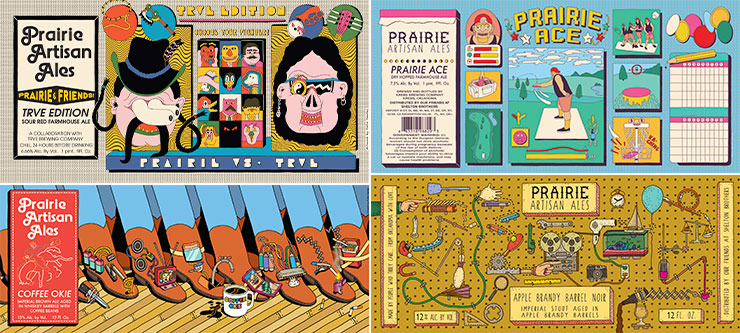This short excerpt from Yuko Shimizu‘s blog post considers the importance of developing a unique visual vocabulary. After reading this article, consider how you can use your sketchbook as a tool to developing your own visual vocabulary.
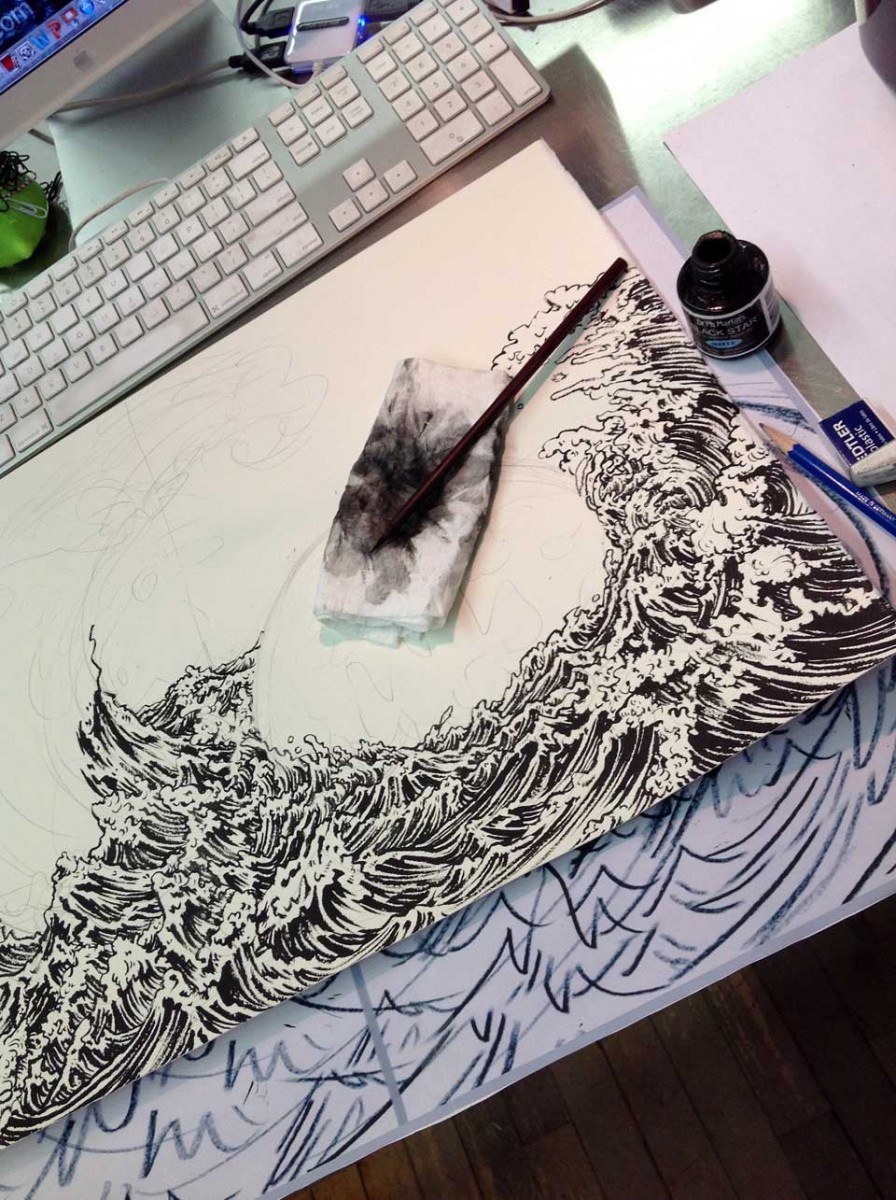
“ I believe many of you who are reading my blog are aspiring illustrators. If you are, here is something you may want to remember, or to work on, if your art school instructors haven’t taught you already: we have to be remembered by something we are good at, so when a prospective client sees a topic that needs to be illustrated, they know who to call.
The most obvious themes prospective clients think of in connection with my work are Japanese or Chinese themes. I am Japanese, but I had also studied Cantonese for three years, and I have strong interest in Chinese culture. And people somehow see that in my work. There are other themes, like sexy girls, action and sports, comic-book look, snow, and water and underwater themes.”
What kind of things are you interested in drawing?
What visuals might become important visual signatures for you? Draw 4 pages exploring YOUR visual Vocabulary in your sketchbook.
Post your thoughts on this along with your 4 Sketchbook Pages.
*Be sure to Tag them Sketchbook!

